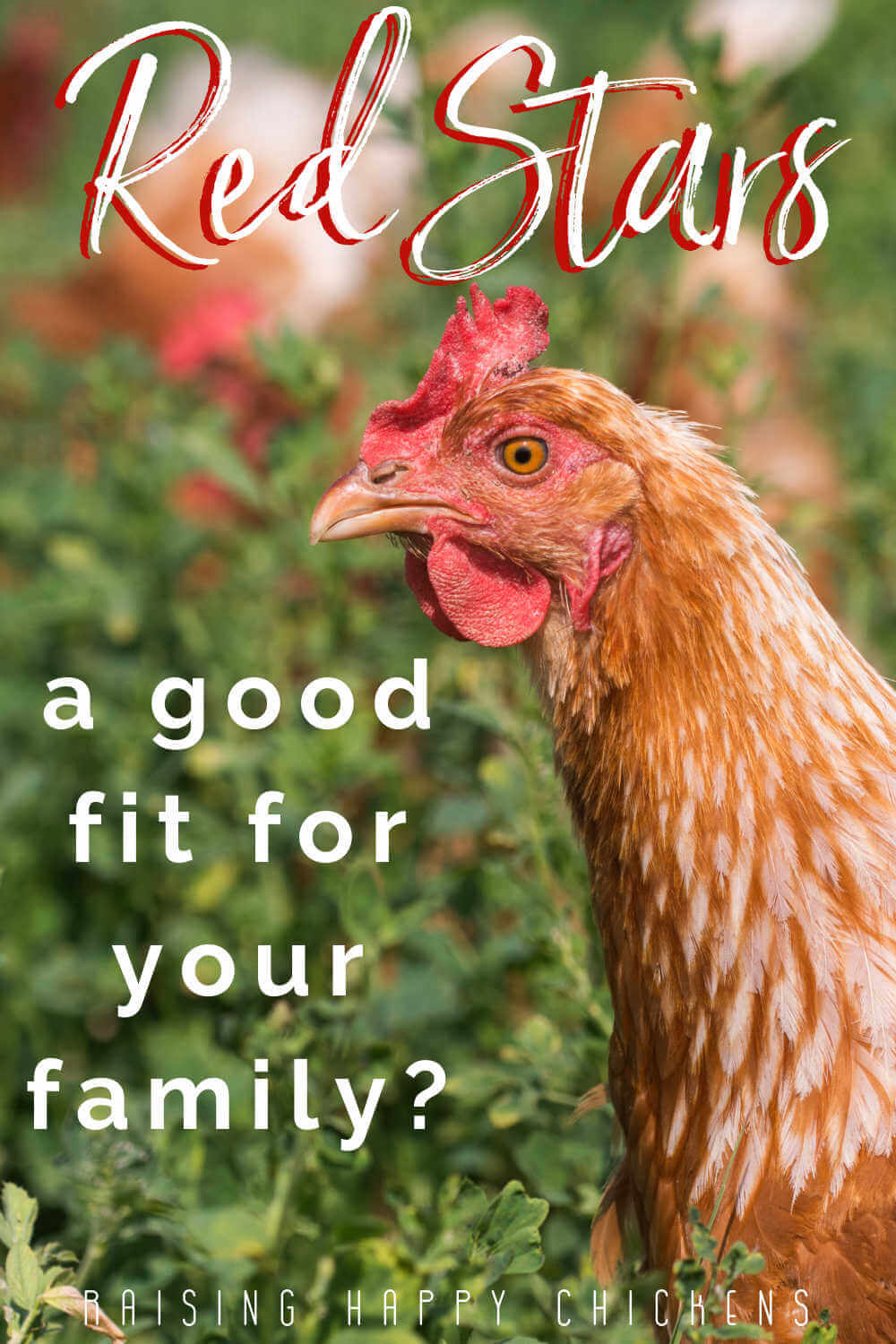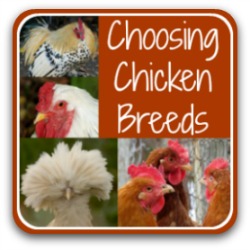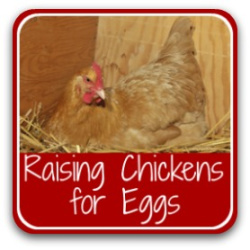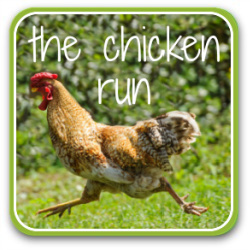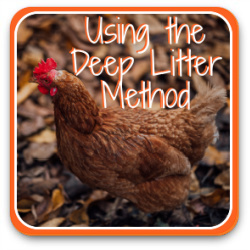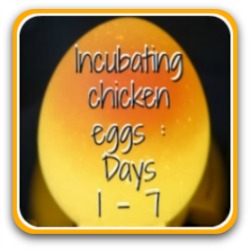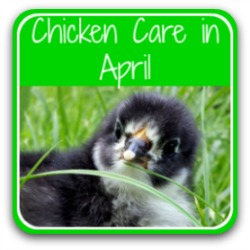Red Star Chickens: designer birds or the mutts of the poultry world?
Genetically designed to produce eggs day after day, the Red Star is a favourite of commercial egg producers.
But are they a good choice for a backyard flock?
Whether you're looking to add different chicken breeds to your backyard flock or you're just starting out, it's important to be sure that your new hens will fit in.
This guide to the Red Star chicken (also known as Red Sex-Linked, ISA Brown and Golden Comet) will help you work out whether it's the right chicken for you, or whether you ought to look elsewhere.
Before we start, I hold my hands up... Red Stars are my favourite "breed". I'll always have a soft spot for them - they were the very first kind of chicken I ever had and I always keep some in my flock.
Easy to care for, easy to handle and an exceptionally reliable egg layer - what more could you want?
Let's find out.
Red Star chickens at a glance.
- Males and female chicks are different colours, so you will always know what you're getting. No problems with having unexpected roosters in your backyard!
- That's the reason one of the names you'll hear them called are "Red Sex-Linked".
- They're one of the very best egg-layers ever. It's what they've been bred for.
- Excellent foragers who thrive on being able to free range and supplement their feed with bugs and plants.
- Curious, funny and very friendly, especially if handled from a young age.
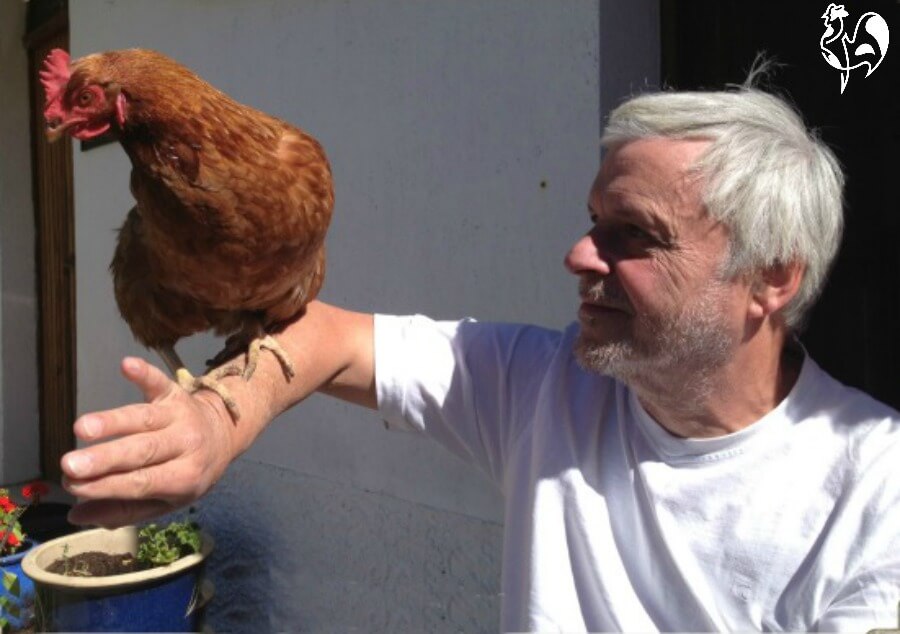 Mike with one of our Red Stars. Note the empty plantpot behind - used as a dust-bath!
Mike with one of our Red Stars. Note the empty plantpot behind - used as a dust-bath!This is a long, detailed article.
To help you find what you're looking for, below are all the sections I cover. Click on any of the links to go straight to that section.
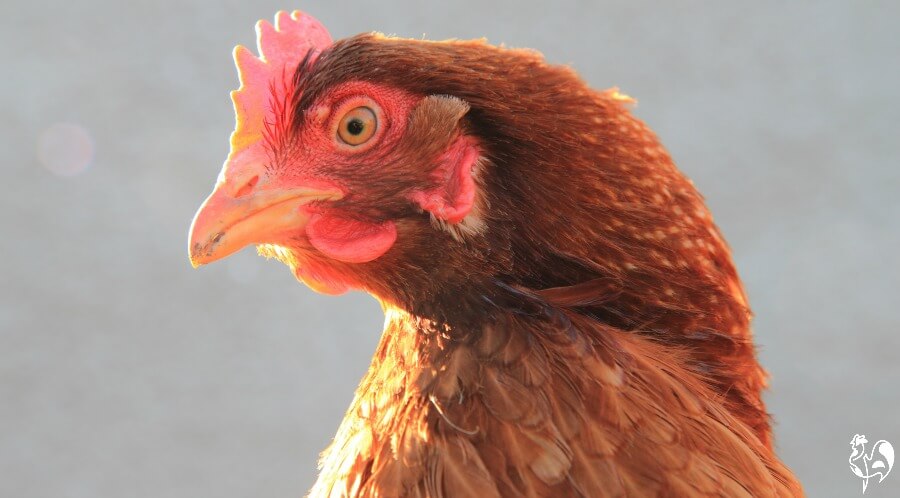 A portrait of one of my first Red Star girls.
A portrait of one of my first Red Star girls.History - when is a breed not a breed?
- Answer - when it's a Red Star. These hens are hybrids - they have different breeds of father and mother and their own offspring will never be 'true to type'.
- They were developed in the 1950s when backyard chicken-keeping was no longer as common as previously. The public wanted more eggs and to meet with demand, industry selectively bred a hybrid hen to produce the most number of eggs whilst eating the least amount of food.
- There are many different variations of breeds used to produce a sex-linked chicken. The most common is a Rhode Island Red rooster with a Rhode Island White hen.
- Two sex-linked or Red Star chickens cannot be crossed to produce sex-linked chicks(1).
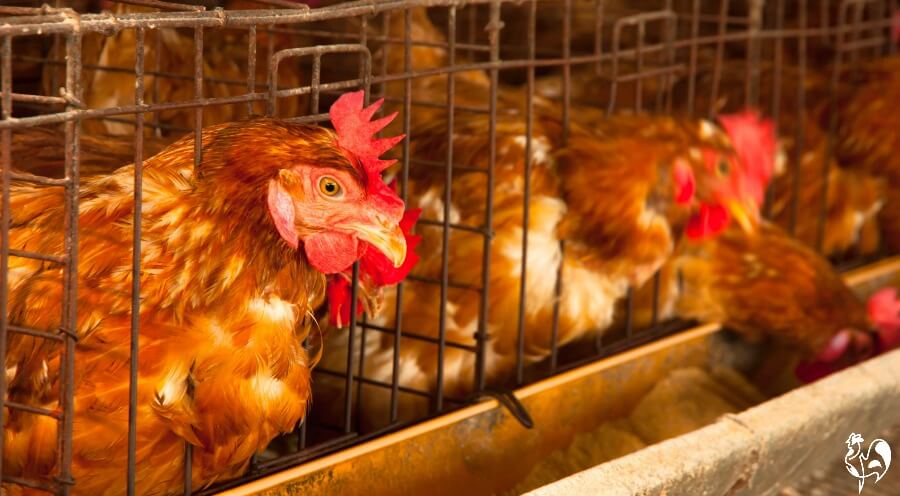 Their ability to lay eggs every day means Red Stars are often used as commercial egg-layers.
Their ability to lay eggs every day means Red Stars are often used as commercial egg-layers.What do they look like?
- Males and females can be told apart very quickly after hatching so you'll never have to deal with a rooster (cockerel) unless you want to.
- Depending on the breeds used, male chicks are generally white or a very light yellow; females are a light brown.
- This ability to see gender at an early stage makes them the bird of choice for many commercial poultry farms who only want the egg layers.
- This is a short video of a group of female and male Red Star chicks at just one day old. You can see how easy it is to distinguish between them - the males are the lighter coloured.
- Female juveniles (pullets) tend to go through that "gawky" stage but will begin to develop pretty shades of brown darkening to a rich mahogany. These are two of my very first Red Stars at the point of lay - about 22 weeks.
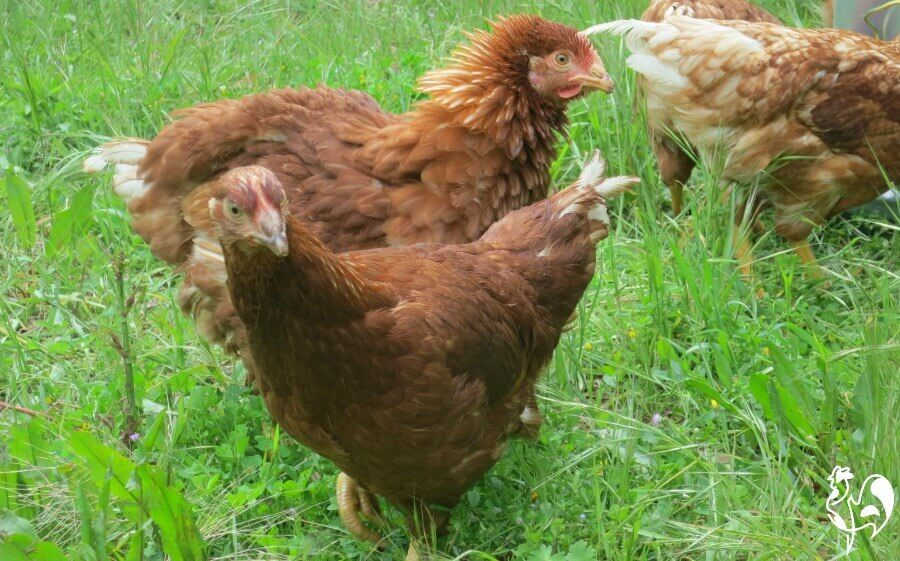 The "gangly" stage!
The "gangly" stage!- They came from a local breeder who kept hundreds of them in a barn, so they were not used to people or to freedom. But these are very adaptable birds: they settle quickly to new surroundings.
- As adults, males remain white while females develop different shades of buff or brown, depending on the specific cross, with pretty white flecking. They quite often have pale coloured or white feathering around their backside but can be completely brown.
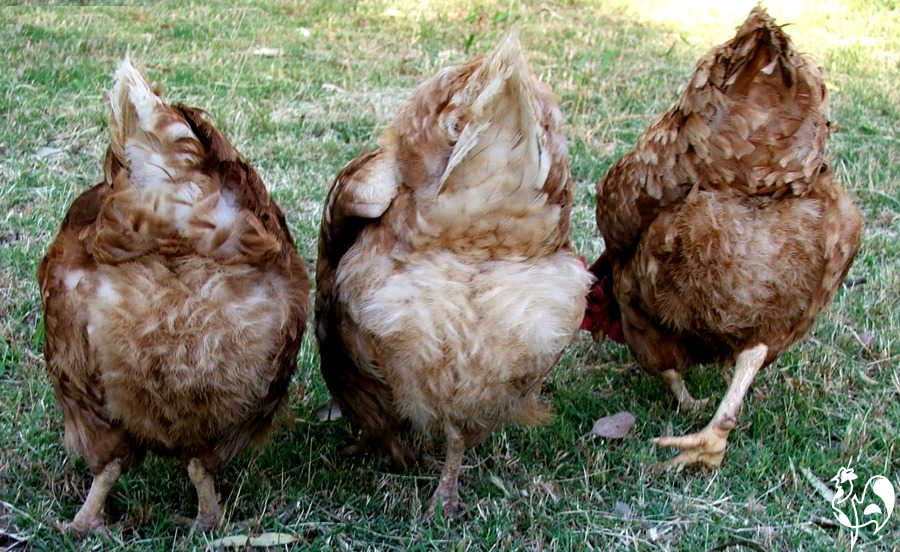 Some of my Red Star hens with very typical feathering on their backsides.
Some of my Red Star hens with very typical feathering on their backsides.What about personality?
- Generally gentle, calm, friendly, sweet chickens who will allow themselves to be picked up and petted.
- They don't like over-attentiveness, though - this is not a chicken who likes to be cuddled. They'll stay with you for a while and then want to be off, free-ranging again!
- Always curious and very active, they love to explore the world outside their run.
- Happiest when foraging for bugs, they will eat more or less anything and appreciate nothing more than regular treats!
- They have a definite language of their own and will let you know when they're happy with a gentle purring noise.
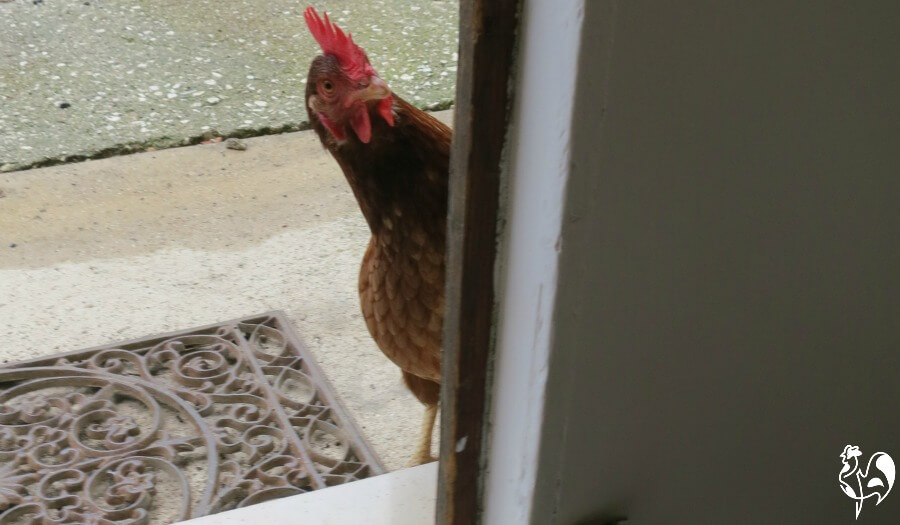 My Red Stars often come to the door to see what's going on!
My Red Stars often come to the door to see what's going on!Egg production.
- This type of chicken is the result of crossing one breed with another for the express purpose of egg-laying. For that reason, they're one of the most prolific layers around.
- Their eggs are a standard light brown colour and often quite large - I've had eggs averaging around 5 oz to some at about 8 oz. That's equivalent to a medium / large shop-bought egg (but of course far tastier and healthier!).
- The eggs in this pic are all from my Red Stars. I quickly realised I'd have to find a better way of storing them! Enter the amazing Egg Skelter - find out what it is and see my review here.
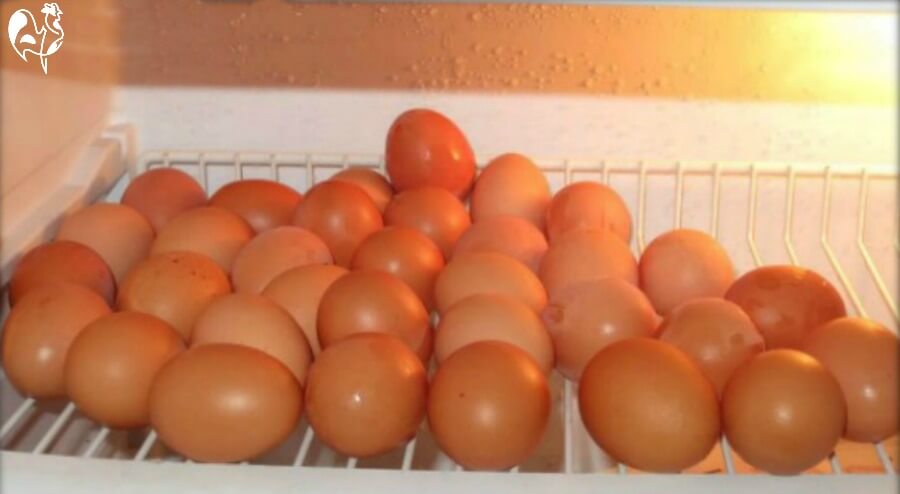 My fridge, before I found a less chaotic way of storing my Red Stars' eggs!
My fridge, before I found a less chaotic way of storing my Red Stars' eggs!- A typical Red Star / red sex-linked chicken will start laying earlier than others - seventeen to nineteen weeks is not uncommon.
- You can expect one egg a day from this type of chicken, even in very hot or very cold weather. They slow down a little when moulting, when you'd expect an egg every couple of days.
- Feeding treats like mealworms will make the egg yolk a lovely dark yellow. And Red Stars are always first in line when it comes to mealworm treats - as you can see in this short video!
Good points.
- Exceptionally good egg-layers.
- Able to be sex-linked from one day old so you always know whether you're getting a male or female.
- Very hardy birds. They will continue to lay even in very hot or very cold extremes of temperature.
- Generally healthy chickens which don't succumb easily to infection.
- Curious and friendly, they'll tolerate handling by children - particularly if they bring treats!
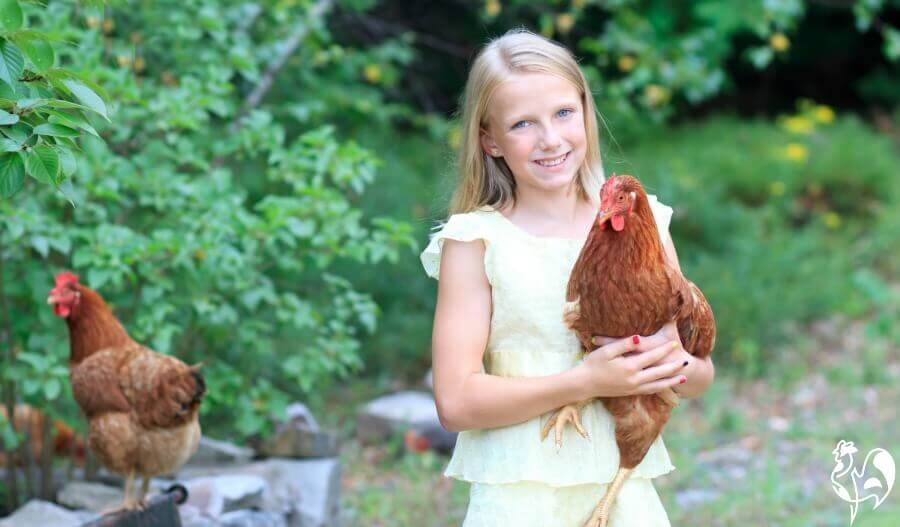 Red Stars: a perfect chicken for children.
Red Stars: a perfect chicken for children.Any problem areas?
- These chickens love to explore and will try to fly when they can, so they can be hard to keep in a run unless there's a high fence - and even then, they'll have a go!
- For more information about how my own Red Star girls flew into danger, have a look at this page (it will open in a new window so you can come back here when you're finished).
- In a confined space they can become easily bored, so you need to have something to keep them occupied if you want to avoid pecking within the flock.
- They don't take well to other chickens being introduced into the flock and can become relentless in their bullying. This needs handling with care.
- They do also tend to eat quite a lot which, given how many eggs they lay, is not surprising! Giving them free range to forage for some food helps.
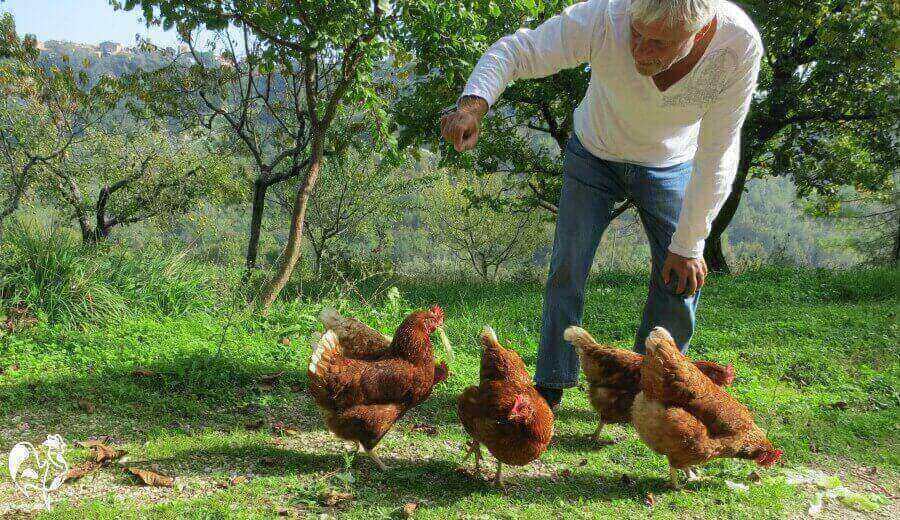 Some of my Red Stars following Mike around in the hope that he's got some treats for them!
Some of my Red Stars following Mike around in the hope that he's got some treats for them!Avoid Red Star chickens if ...
- You're planning to keep a chicken in your apartment or any other confined space.
- You would have problems with either putting a net over the top of your chicken run to stop them flying out, or clipping their wings. You'll need to do one or the other because Red Stars love to fly.
- You want eggs which are more colourful than the standard light brown variety.
- You like your plantpots to look nice. Like most chickens, Red Stars love to dust bathe wherever they can!
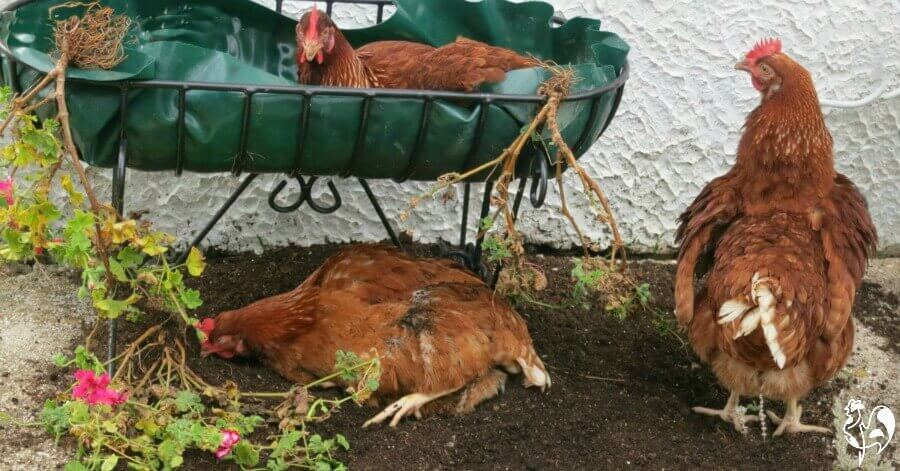 Carnage! My Red Stars love to dust bathe in my plantpots!
Carnage! My Red Stars love to dust bathe in my plantpots!Red Star chickens will suit you if ...
- You don't want to run the risk of having a rooster in your flock.
- You want to give care to a special, reliable egg-layer.
- You live in a very hot or a very cold climate - they will cope with either.
- You like to have chickens who forage for some of their food.
- You would like to have hens who will be friendly without being over-clingy!
Where to buy.
USA: Cackle Hatchery.
If you live in the US, I recommend the Cackle Hatchery as providers of a wide variety of high quality chicken breeds.
They will provide all stages from hatching eggs to chicks and adult chickens, and can send either sexed or non-sexed, depending on age and breed.
Cackle sells the Red Star as the "Cinnamon Queen" – same chicken, just another name! These are one of the few chickens they will sell all year round.
Find their Red Star (Cinnamon) chickens here.
(This is an "affiliate link", which means that if you click and buy something, I earn a small commission at no extra cost to you)
Other sources.
- As with any poultry, you need to make sure you buy from a reputable person so that the flock is disease-free.
- Never buy from websites such as e-bay or Craigslist. There are some genuine sellers there, but more who will sell you infertile eggs or chicks from the wrong cross-breeds.
- Poultry magazines can be a good source of people selling eggs locally to you, or ask around. We buy ours from a little old lady in the next Italian village - we discovered her by asking at our local grain store.
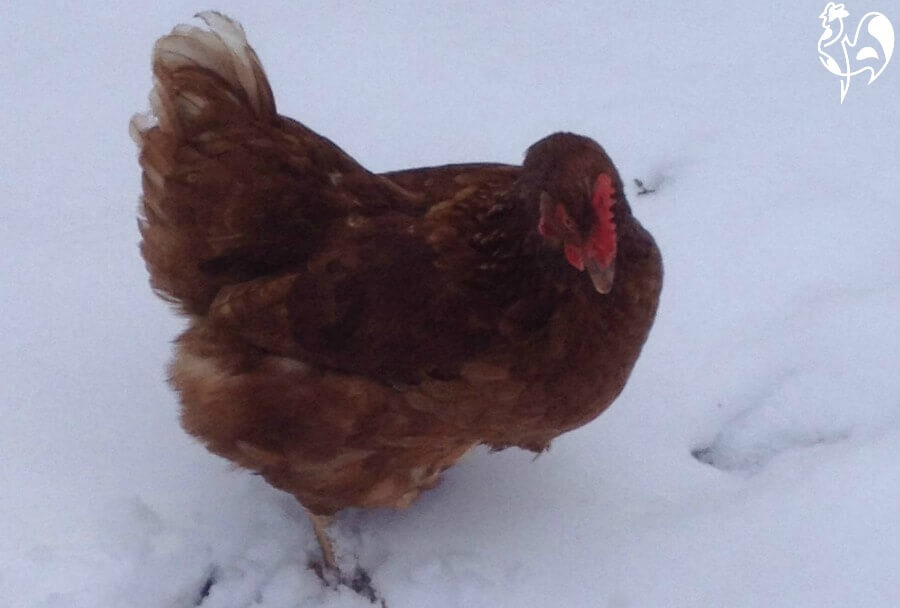 Red Stars are a very adaptable bird, resilient to both cold and heat.
Red Stars are a very adaptable bird, resilient to both cold and heat.Sources of genetic information, and useful links.
- Because the Red Star is not a breed, it doesn't have any breed-related clubs or websites.
- There's a lot of conflicting advice and information on the internet about how to produce sex-linked chicks. Most of it is inaccurate. A completely reliable source describing the crosses which can be made to produce a Red Star (sex-linked) chicken can be found here.
Please note : Although
the characteristics above are common across Red Star chickens, not every bird will conform to them. Chickens, like people, are individuals.
